Between December 6th and 8th 2023, I was in Copenhagen for delivering two talks at DTU, one on the challenges and opportunities of quantum computing (slides) and another on cybersecurity in the quantum age, myths and legends, real problems and real solutions (slides).
Thanks to Lydia Baril, head of DTU Quantum, who organized these two events and my visit, I also had a chance to meet with several research teams and leads at DTU (Technical University of Denmark in Lyngby, North of Copenhagen) and NBI (Niels Bohr Institute in Copenhagen, below). Here is a summary report of this visit which is covering only a small part of the whole quantum research ecosystem in Denmark.
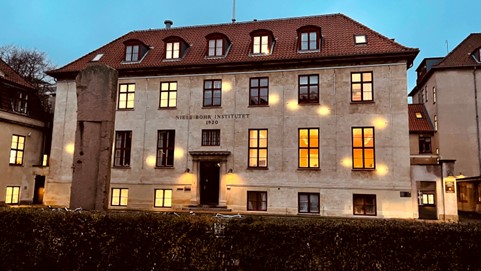
Key takeaways
- A strong research focus on quantum photonics with quantum dots sources, photonic quantum computing and quantum communications (QKD) with some additional efforts in cold atoms. On top of that, quality quantum semiconductor manufacturing seems to be a high priority.
- Researchers have established partnerships with many countries. I noticed Israel, France, Germany, the Netherlands, Poland and even China.
- The two largest research organizations, DTU and NBI are funded differently, only NBI getting direct government funding.
- In June 2023, the Danish government announced a formal National Strategy for Quantum Technology in two parts. Part 1 corresponds to $140M of funding focused on research with an eye on use cases in healthcare, green transition and cyber security over the 2024-2027 period ($35M per year). Part 2 is focused on commercializing quantum technologies in Denmark ($7M per year) for the same period.
- The Novo Nordisk Foundation practically launched the most important quantum initiative in the country with broad goals, including developing solutions for the healthcare market in the NISQ regime. And $200M for a start!
- Denmark and NBI host the NATO Accelerator for Quantum Technologies Diana-Q program.
- US vendors like IBM are present here, and most noticeably Microsoft with its local research lab working on topological qubits and Majorana fermions. It hosted Charlie Marcus as its Scientific Director but he left the company two years ago and now mainly works in the US at the University of Washington in Seattle since April 2023.
- Like in many places in the world, some physicists fear the potential side effects of a bubble burst due to the current quantum hype and its load of overpromises.
Lab visits
Here it is in order of appearance with key related biographical references.
Nika Akopian (associate professor, DTU Electro, Department of Electrical and Photonics Engineering) does research on crystal photonic sources. These are using multiple crystal-phase quantum dots, where electrons and holes are confined in different spatial regions of a III-V semiconductor nanowire alternating wurtzite (WZ) and zincblende (ZB, using two atom species) crystal phases. It helps create location qubits where the information is the localization of an individual electron (or hole) on two individual (and not coupled) quantum dots. It could enable the creation of multi-qubit quantum registers with long stability time for quantum Internet and even computing. Qubits are controlled optically and support H, T and CNOT gates. This research is funded by an ERC Consolidator grant of 2.6M€ attributed to the MultiQubit project running from 2021 to 2026. Nika did his PhD at Technion in Israel and his post-doc at QuTech in Delft.
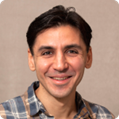
Bibliography: Crystal phase quantum dots by Nika Akopian et al, Nano Letters, 2010 (4 pages), done in partnership with Delft and LPN (which later became C2N, France), Location qubits in a multi-quantum-dot system by Dayang Li and Nika Akopian, July 2021 (40 pages), Nanowire quantum dots tuned to atomic resonances by Lorenzo Leandro, Nika Akopian et al, October 2018 (40 pages) and Epsilon-Near-Zero Grids for On-chip Quantum Networks by Larissa Vertchenko, Nika Akopian et al, August 2018-November 2021 (13 pages).
Jonas S. Neergaard-Nielsen (associate professor, DTU Physics) works on creating continuous variable photon squeezed light both for QKD and for quantum computing, still at a very early stage for this latter, which would be based on a gaussian boson sampling. With Ulrik L. Andersen, he created in 2019 a record-breaking cluster state of 30,000 photon modes. He did his PhD at NBI.
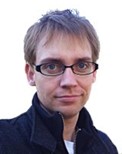
Bibliography: A fault-tolerant continuous-variable measurement-based quantum computation architecture by Mikkel V. Larsen, Jonas S. Neergaard-Nielsen, Ulrik L. Andersen et al, January-August 2021 (19 pages) and Deterministic generation of a two-dimensional cluster state by Mikkel V. Larsen, Jonas S. Neergaard-Nielsen, Ulrik L. Andersen et al, June-Octobre 2019 (30 pages).

Below, an interesting optical table setup with custom 3D printed support for optical delay lines.
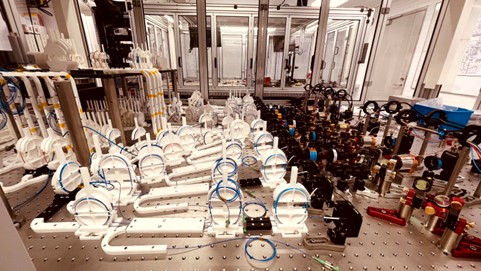
Leif Oxenløwe (professor, DTU Elektro) works on creating and using quantum dots operating in the telecom wavelengths (1,550 nm). With various international partnerships, he designed QKD underwater fibre experiments, single photon source QKD, and single-photon memory buffer using lithium-niobate circuits.
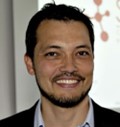
Bibliography: Generalized Time-bin Quantum Random Number Generator with Uncharacterized Devices by Hamid Tebyanian, Leif. K. Oxenløwe et al, May 2023 (9 pages), Quantum Key Distribution over 100 km underwater optical fiber assisted by a Fast-Gated Single-Photon Detector by Domenico Ribezzo, Leif K. Oxenløwe, Alessandro Zavatta et al, March 2023 (6 pages), Quantum Key Distribution using Deterministic Single-Photon Sources over a Field-Installed Fibre Link by Mujtaba Zahidy, Peter Lodahl, Leif K. Oxenløwe, Leonardo Midolo et al, January-April 2023 (9 pages), High Resolution On-Chip Thin-Film Lithium Niobate Single-Photon Buffer by Cagin Ekici, Leif K. Oxenløwe, Yunhong Ding et al, January 2023 (2 pages) and Advances in silicon quantum photonics by Jeremy C. Adcock, Leif K. Oxenløwe, Jianwei Wang, Yunhong Ding et al, July 2022 (25 pages).
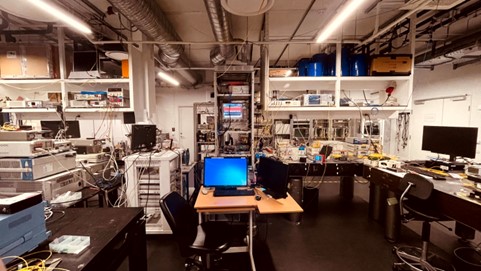
Eugene Polzik (professor, NBI) leads a research team working in different fields covering various cold atoms experiments, nanomechanical oscillators, and color center based magnetometry. His office is next door to the original Niels Bohr office at NBI.
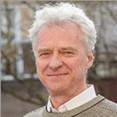
Along with researchers from Weissman Institute, he managed to entangle two sets of billions of noble atom nuclear spins (rubidium and xenon) thanks to the mediation of alkali atoms (potassium and 3He). The noble gas atoms interact with the alkali atoms using coherent spin exchange collision while the alkali atoms are entangled through light-based continuous joint measurement. This works are ambient temperature and pressure.
See Long-lived entanglement generation of nuclear spins using coherent light by Or Katz, Roy Shaham, Eugene S. Polzik and Ofer Firstenberg, Weissman Institute and NBI, February 2020 (12 pages).
He created an experiment where a Fabry-Perot optical cavity with two mirrors contains in the middle a highly reflective silicon-based membrane with glass and a hole guide plus some special coating, all also running at ambient temperature. The thin membrane (<100 nm) is a mechanical oscillator whose position and speed (x, p, here, commuting variables) can be entangled with the photonic cavity using dispersive coupling. The interest is that the membrane has very long coherence times in the hours range. It seems it could be used for radio waves detection but also to build some forms of quantum memories.
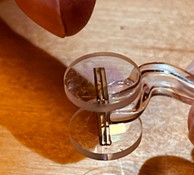
See Non-classical correlations between phonons and photons in a MHz-frequency mechanical oscillator coupled to an optical cavity by Ivan Galinskiy, Georg Enzian, Michał Parniak and Eugene Polzik, December 2023 (6 pages). Below are the filter cavities used in the experiment.

See Optimal optomechanical cavity setups with highly reflecting membranes by Georg Enzian, Eugene S. Polzik and Alexander K. Tagantsev, November 2023 (26 pages), Phononically shielded photonic-crystal mirror membranes for cavity quantum optomechanics by Georg Enzian et al, December 2022 (14 pages) and Optical detection of radio waves through a nanomechanical transducer by T. Bagci et al, July-August 2013 (19 pages).
Then, on optically pumped magnetometers for quantum magnetic thermography using two coils, radio frequency quadrupole, to measure the Zeeman shift of alkali D lines. It works better than NV centers which have very short distance range. It could have applications in small animals biological inspection.
See High-Field Optical Cesium Magnetometer for Magnetic Resonance Imaging by Hans Stærkind, Eugene S. Polzik, Esben T. Petersen et al, September 2023 (12 pages), Small animal biomagnetism applications by Kasper Jensen, December 2022 (15 pages) and Quantum sensors for biomedical applications by Nabeel Aslam, Ronald L. Walsworth, Mikhail D. Lukin, Hongkun Park et al, February 2023 (13 pages) which is a good review with atomic sensors.
His team also works on creating cold atoms grids using wave guides and nearest neighbor connection with tweezers. I saw an experiment of cold atom simulation. They use atom positioning tweezers with two AODs at 90° instead of SLMs (like Pasqal). It enables longer distance interconnectivity and avoids interferences thanks to using different frequencies. One proposed use case is to simulate natural light harvesting processes in plants.
See Cold Atoms Plus Photonics for Quantum Simulation by A. Simonsen, Eugene S. Polzik et al, 2022 (1 page abstract).
Stefano Paesani (assistant professor, NBI) also use photon quantum dots sources, manufactured at Rühr Universitat at Bochum in Germany. They use wave guides positioned on top of quantum dots randomly positioned on GaAs wafers. Emitted photons polarization is controlled by the nanostructured 4-layer system, enabling high Q-factors, which represents the efficiency at which the photon source can trap and emit light within its resonator or cavity. They use 20 GHz microwave split and photonic split and generate three-photon GHZ entangled states at a high rate of tens of MHz. They then use time bin parallelization with delay lines in low-loss photonic integrated circuit made in silicon nitride. They plan to use Bluefors dilution cryostats for getting better indistinguishability and heterogenous integration with superconducting components. The end goals are to do MBQC and boson sampling photonic quantum computing. Boson sampling is a computing technique that could help solve various graph problems.
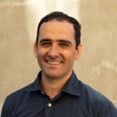
See Hardware requirements for realizing a quantum advantage with deterministic single-photon sources by Patrik I. Sund, Ravitej Uppu, Stefano Paesani and Peter Lodahl, October 2023 (16 pages).
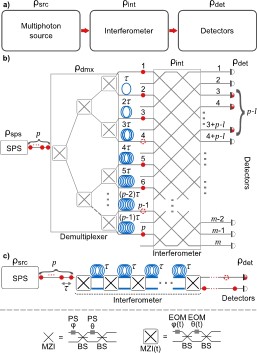
See Loss-tolerant architecture for quantum computing with quantum emitters by Matthias C. Löbl, Stefano Paesani and Anders S. Sørensen, April-August 2023 (18 pages), Deterministic photon source interfaced with a programmable silicon-nitride integrated circuit by Ying Wang, Stefano Paesani, Peter Lodahl et al, npj Quantum Information, February-September 2023 (5 pages), Efficient algorithms for simulating percolation in photonic fusion networks by Matthias C. Löbl, Stefano Paesani and Anders S. Sørensen, December 2023 (11 pages) and Photonic fusion of entangled resource states from a quantum emitter by Yijian Meng, Stefano Paesani, Peter Lodahl et al, December 2023 (6 pages).
Peter Krogstrup (NQCP Director, NBI) is the director of the Novo Nordisk Foundation Quantum Computing Programme (NQCP), the de-facto Denmark largest quantum computing initiative with $200M allocated for the first 7 years of the 12-year ambitious program which started in 2022. Peter is the former director of the Microsoft lab at Lyngby which is (still) working on Majorana fermions along with the one in Delft. “Quantum Foundry” is the name of the lab. They plan to create several QPUs using superconducting, silicon and photonic qubits. The effort is centered a lot on building high quality manufacturing capacities using ultra-high-vacuum-based techniques for silicon, superconducting and III/V chips. It will initially leverage the DTU Nanolab and then build new tools like for MBE (molecular beam epitaxy). One key goal is to reduce charge noise in superconducting and semiconducting qubits coming from native defects (atomic imperfections in the layers like vacancies and interstitial atoms) and non-native defects (impurities, oxidations, substitutional impurities).
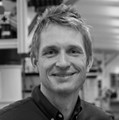
See Q2B 2022 SV | A Roadmap for Developing Denmark’s First Fully Functional Quantum Computer by 2034, a video of Peter at the Q2B Santa Clara from early December 2023.
Jörg Hubner (DTU Nanolab Director) with a discussion on many aspects leading to improve manufacturing quality, a key concern for all quantum technologies developments (superconducting qubits, silicon qubits, integrated photonics, etc.).
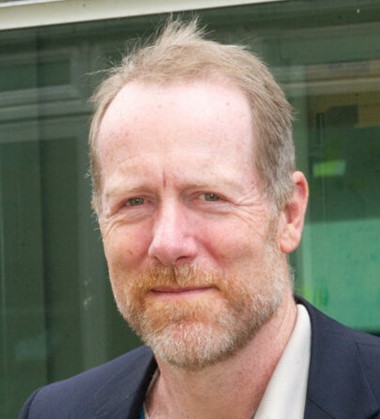
They have the capacity to manufacture silicon wafers of up to 200 mm. IMEC and CEA-Leti are doing 300 mm, which my be “overkill”, for old reasons.
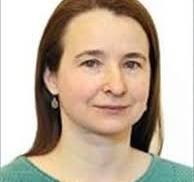
The current 1,300 m2 cleanroom (below) is being currently expanded with an 700 m2 addition which will nearly double the current useful area. Elizaveta Semonova (senior researcher, DTU Electro) who is working on quantum dots emitting in the C-band organized a visit of Nanolab for Lydia Baril and me.
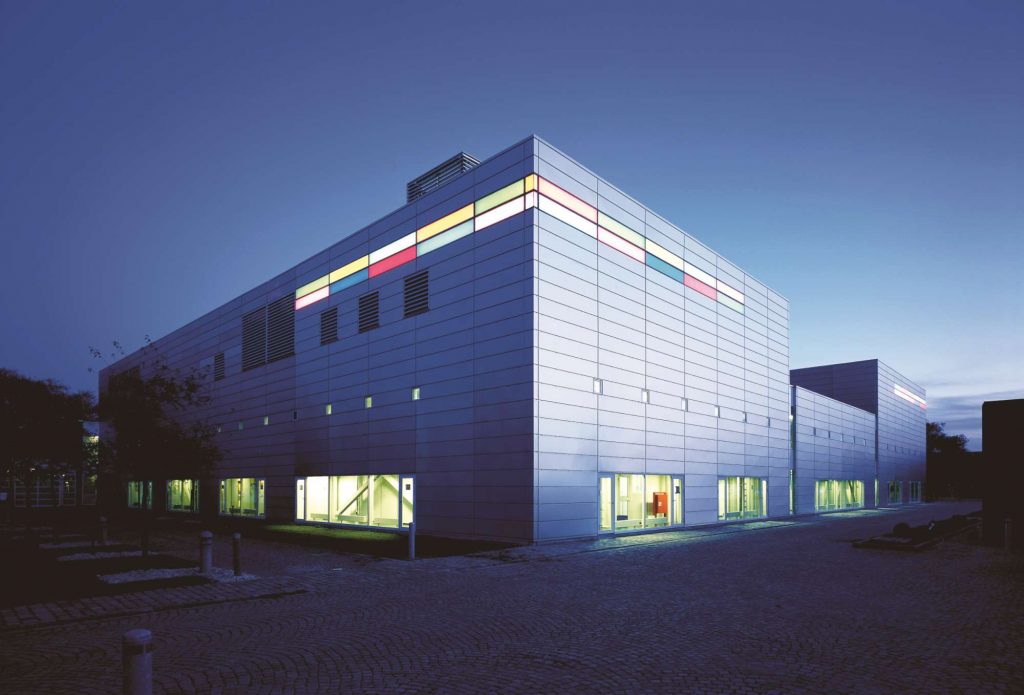
Niels Gregersen (professor, DTU Electro) works on designing quantum dots-based single photon sources with particular emphasis on improving efficiency and indistinguishability. He worked with Jean-Michel Gérard from CEA-IRIG in France and Sven Höfling in Germany. The InAs quantum dot is placed in a vertical GaAs nanowire or a GaAs/AlGaAs nanopillar.
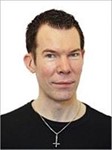
Bibliography: Quantum dots for photonic quantum information technology by Tobias Heindel, Je-Hyung Kim, Niels Gregersen, Armando Rastelli, Stephan Reitzenstein, September 2023 (113 pages), On-demand Generation of Indistinguishable Photons in the Telecom C-Band using Quantum Dot Devices by Daniel A. Vajner et al, June 2023 (5 pages) and Assessing the alignment accuracy of state-of-the-art deterministic fabrication methods for single quantum dot devices by Abdulmalik A. Madigawa, Niels Gregersen, et al, September 2023 (12 pages).
Albert Schliesser (professor, NBI) works on phononic devices for quantum memory, transduction and sensing applications. These are harmonic oscillators based on motion of a membrane consisting of a quadrillion atoms with >100 ms coherence time at cold temperature. They use cavities to couple light and microwaves to these membranes’ vibrations. His team is also working on using nanomagnets to couple the motion to a single electron spin in a nitrogen vacancy center (NVC), shining microwaves on the NVC to change spin and force. The resulting force can pull in two directions simultaneously, which should lead to a highly non-classical macroscopic superposition state in the mechanical motion.
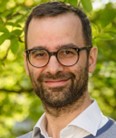
Bibliography: A Long-lived and Efficient Optomechanical Memory for Light by Mads Bjerregaard Kristensen, Albert Schliesser et al, August 2023 (10 pages) and Membrane-in-the-middle optomechanics with a soft-clamped membrane at milliKelvin temperatures by Eric Planz, Albert Schliesser et al, August-October 2023 (7 pages).
DTU conferences talks
In the DTU conferences I participated in, I noticed the following presentations (which were not recorded):
- Rene Forsberg (DTU Space) who works on gravimetry, and is partnering with Thales, ONERA and InPhyNi in France.
- Astrid Tranum Romer (DFM, the local NIST office), with 37 employees (24 PhDs, 10 in quantum technologies). It has various established international partnerships with EMN-Q, EURAMET, and the NATO DianaQ project.
- Sven Karlsson (DTU HPC and QC) who works with TUM and Leibniz Rechenzentrum to develop skills in the hybrid classical-quantum realm.
- Sonia Coriani (DTU Chemistry) who develops hybrid quantum chemistry algorithms on NISQ platforms and works with IBM, algorithmiq, Novo Nordisk, DTU and SDU (the University of Souther Denmark). She is specialized in spectroscopy simulation and is exploring the potential of quantum computing algorithms in that domain, which is still very early stage. She is part of the Quantum Innovation Center at University of Copenhagen (UCPH Quantum Hub).
- Abhishek Sivaran (DTU Department of Chemical and Biochemical Engineering) is a post-doc working on AI for bioprocess engineering, AI and GAN (generative AI).
- Brynjar Saevarsson (DTU) is a PhD student working on electricity grid optimization applications using many variables. This reminds me of what EDF is also testing with small scale algorithms in France.
- Tobias Gehring (DTU associate professor) who described CryptQ, a Danish project to deploy a CV-QKD infrastructure in the QCI.DK project.
- Kim Gemmelgaard (CEO of RheaSoft) with a lot of insights on how to assess the cybersecurity quantum threat and deploy the related solutions.
Startups
Out of the 11 quantum pure player companies I have identify in Denmark, I saw Alea Quantum Technologies which develops an optical-based QRNG solution. The other Danish companies are ATLANT-3D (fab tools), Beamfox (proximity effect correction for electron-beam lithography), Cryptomathic (QRNG), Dencrypt (PQC for smartphones), Hafnium Labs (chemical simulation software), Ibsen Photonics (spetrometers), Kvantify (consulting services), Molecular Quantum Solutions (chemical simulation software), NKT Photonics (lasers), Qdevil (cryostats filters, acquired by Quantum Machines), QPurpose (quantum software), SiPhotonIC (silicon photonics circuits prototyping), Sparrow Quantum (single photon detectors) and Type one systems (instrumentation).
That is all for this quick visit report. There are probably other aspects of the Danish quantum ecosystem to uncover, for a next visit!
![]()
![]()
![]()
Reçevez par email les alertes de parution de nouveaux articles :
![]()
![]()
![]()


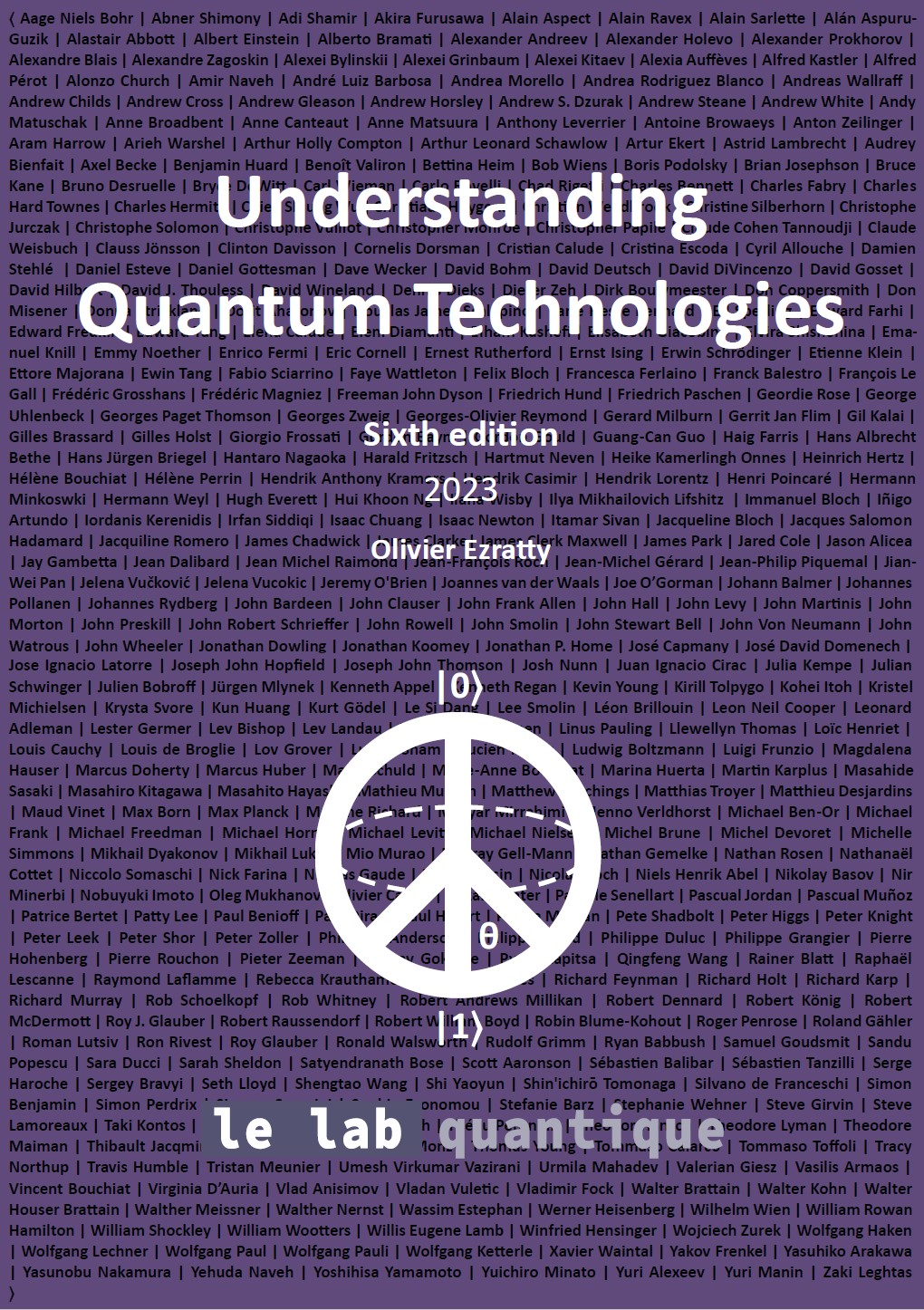
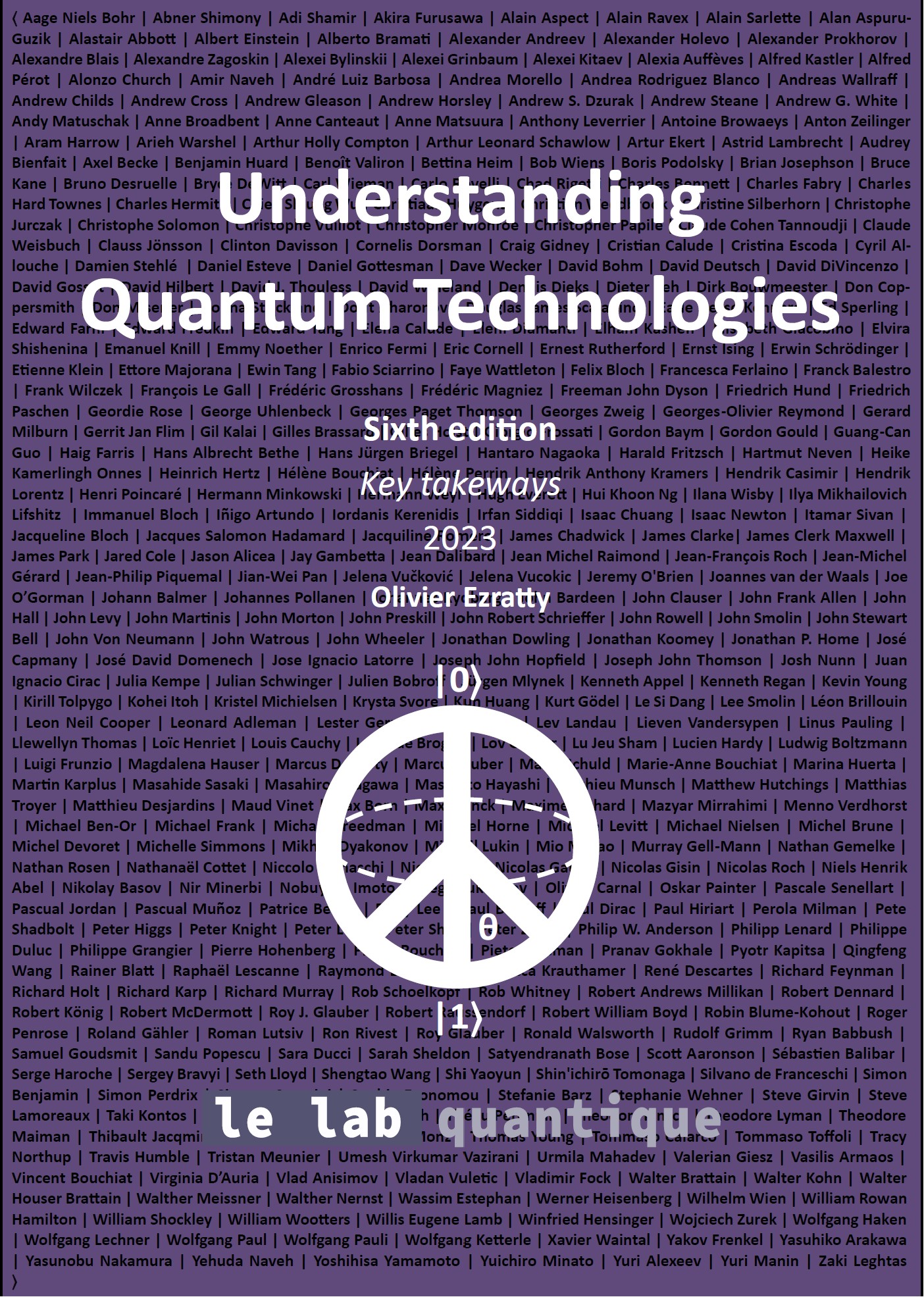
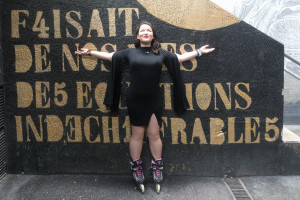
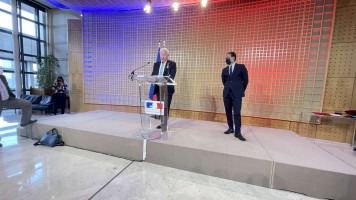
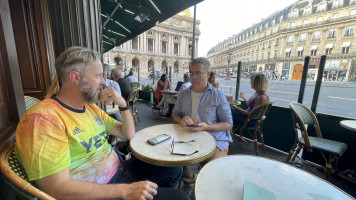
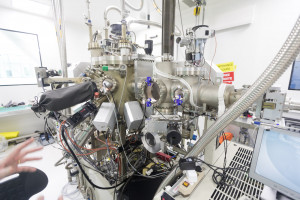
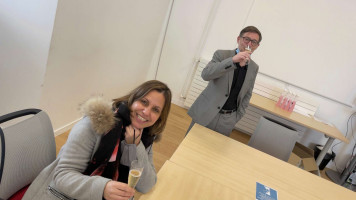
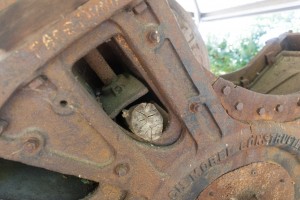
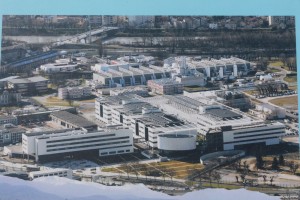

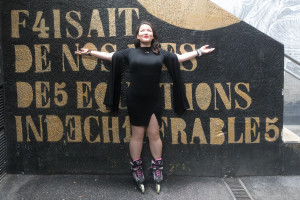
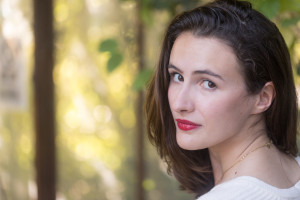
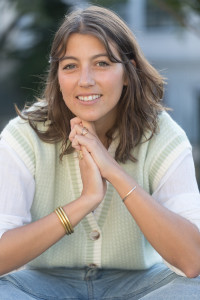
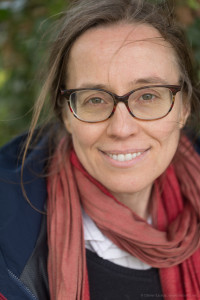
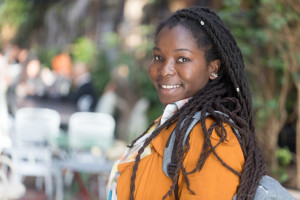
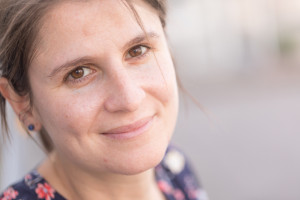
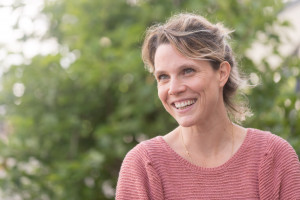
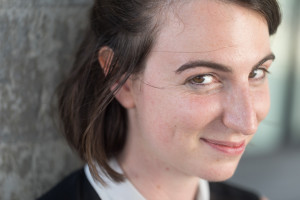
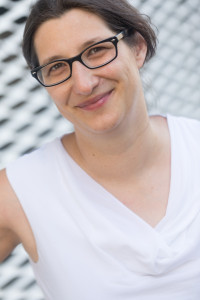
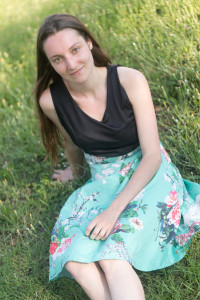
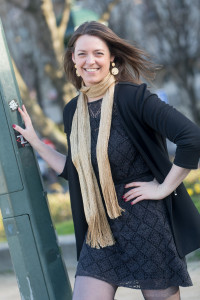
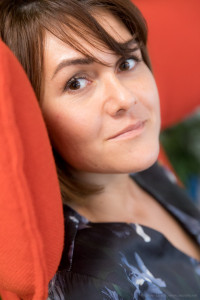
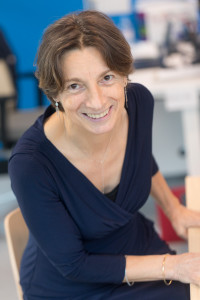
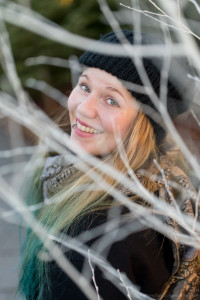
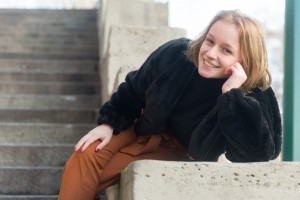
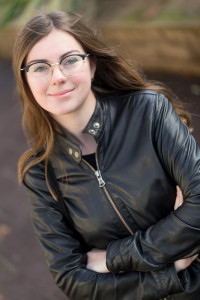
 Articles
Articles